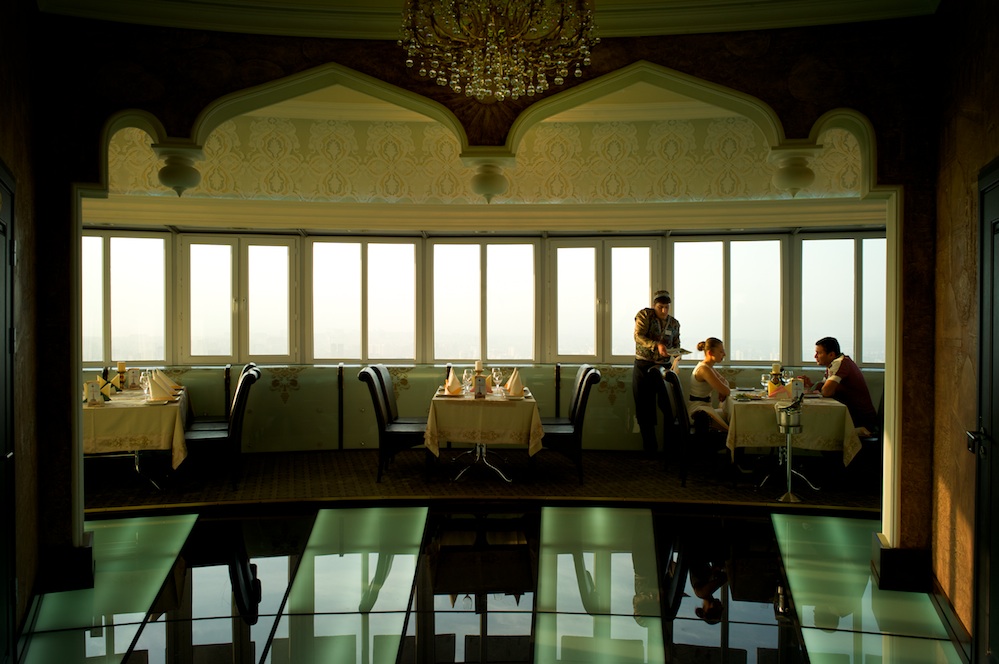Tim,
I understand your thinking and feeling here. Probably share the same feelings at times. That being said, some of the testing is really useful, though can be mind-numbing at times. The brick wall shots you mention are a good example, but they really do help when deciding if a particular lens can be counted on to deliver what you may want or need whenever you are going to shoot something yourself. One of the problems is that those "brick wall" shots are sometimes not accompanied by other useful and attractive shots that help create some of that inspiration you mention. Not all testers are artists, so it is good to see the blending of things on a forum like this, where you can get the details and inspiration at the same time. It is also good to see real world shooting and processing for where that matters. It is good to know that a camera can deliver a good file that is robust, but looks pretty good from the start. From that point, one can employ all the post processing they desire to get the art they want. For folks that may have to or want to deliver volume shots, like an event, or wedding, or that kind of need, knowing that the images one is looking at for review have come from a normal sampling of many hundreds of shots taken under normal shooting conditions, and have gone through minimal processing is helpful to evaluate things, rather than one or two shots that may have been massaged through dozens of steps of who knows what process or skill level to produce an image or two meant to dazzle or impress. Are you being impressed by the camera and what it can deliver, or by the skills of the processing, or by the artistic composition and subject? All do matter, so being able to view and separate the parts in different ways helps a lot. Just my thoughts.
LJ

